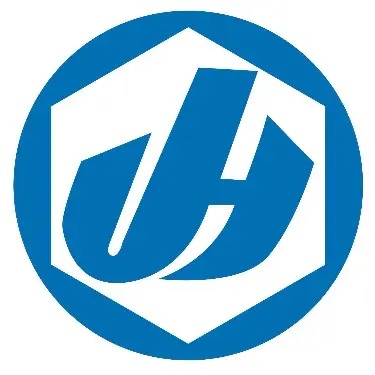Polyvinyl Chloride
English Name: Polyvinyl Chloride
CAS No.: 9002-86-2
Molecular formula: C2H3Cl
Molecular weight: 62.49822
EINECS No.: 618-338-8
Chemical properties: industrial products are white or light yellow grain. Low molecular weight is easily soluble in ketones, esters and chlorinated hydrocarbon solvents. High molecular weight is difficult to dissolve.
Uses: its products are used in light industry, building materials, agriculture, daily life, packaging, electric power and other fields; It can be used to produce all kinds of high-grade insulating materials, agricultural films, artificial leather, plastic shoes, hard pipes, records, welding rods, etc; Used as raw material of PVC plastic products
Polyvinyl chloride (abbreviated as PVC) is a polymer material obtained by addition polymerization of vinyl chloride. It is the third most widely produced synthetic plastic polymer after polyethylene and polypropylene. There are two basic forms of PVC: rigid and flexible. Rigid PVC material can be used in pipes, doors and windows. It can also be used in bottles, other non food packaging, bank cards or membership cards. It can also be made into soft finished products by adding plasticizers, most commonly phthalates, to make it more flexible. In this form, it can be used for flexible pipes, cable insulators, imitation leather, soft labels, inflatable products, and in many applications to replace rubber. Pure PVC is a white, brittle solid. It is insoluble in alcohol but slightly soluble in tetrahydrofuran.
Matter Classification
organic
Boiling Point
141ºC at 760 mmHg
Appearance
Industrial products are white or light yellow powder. Low molecular weight easily soluble in ketones, esters and chlorinated hydrocarbon solvents. High molecular weight is difficult to dissolve.
Acidity and Basicity
neutral


